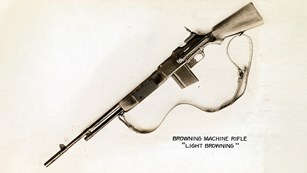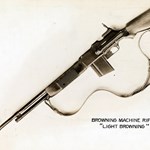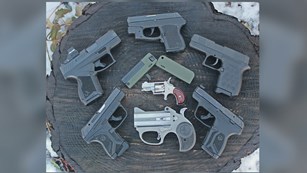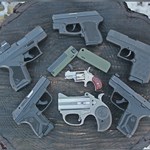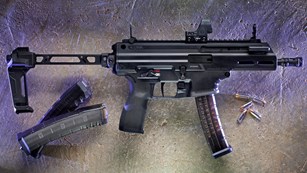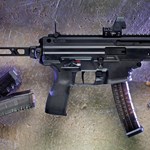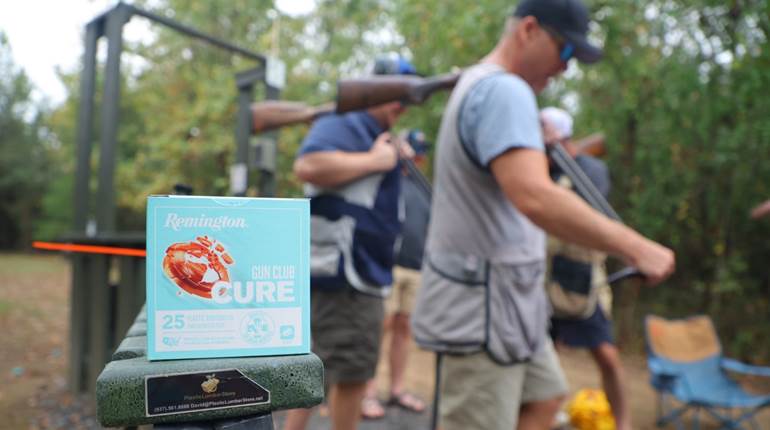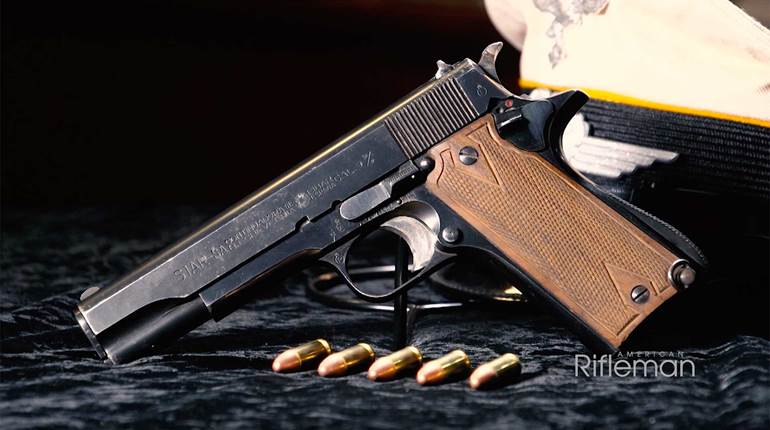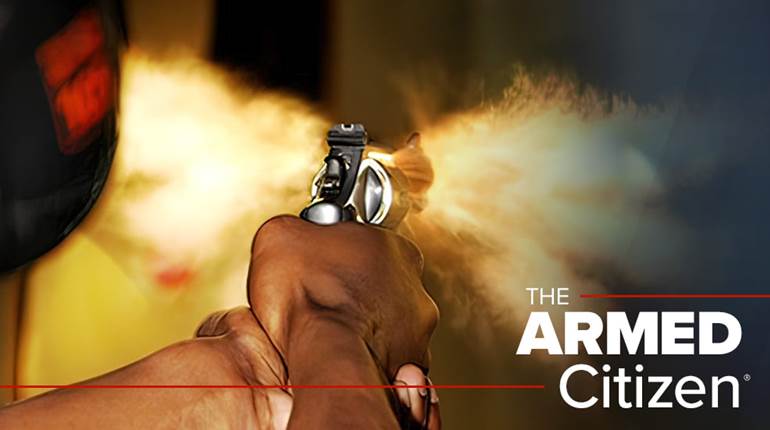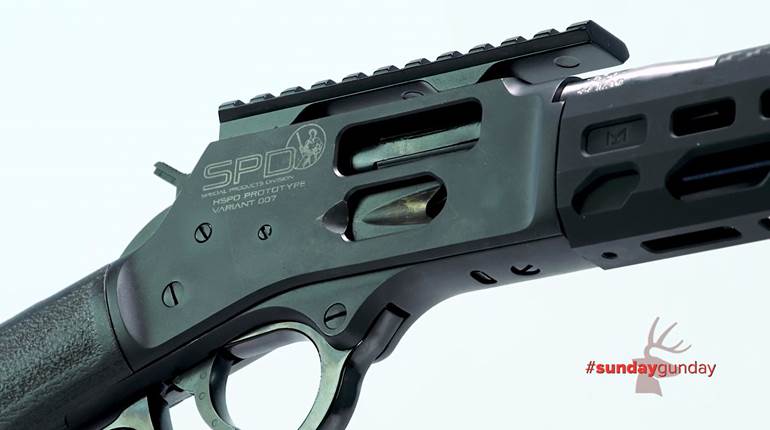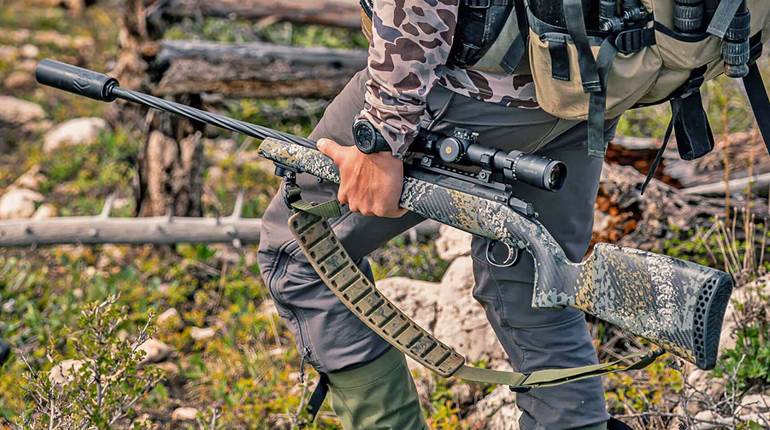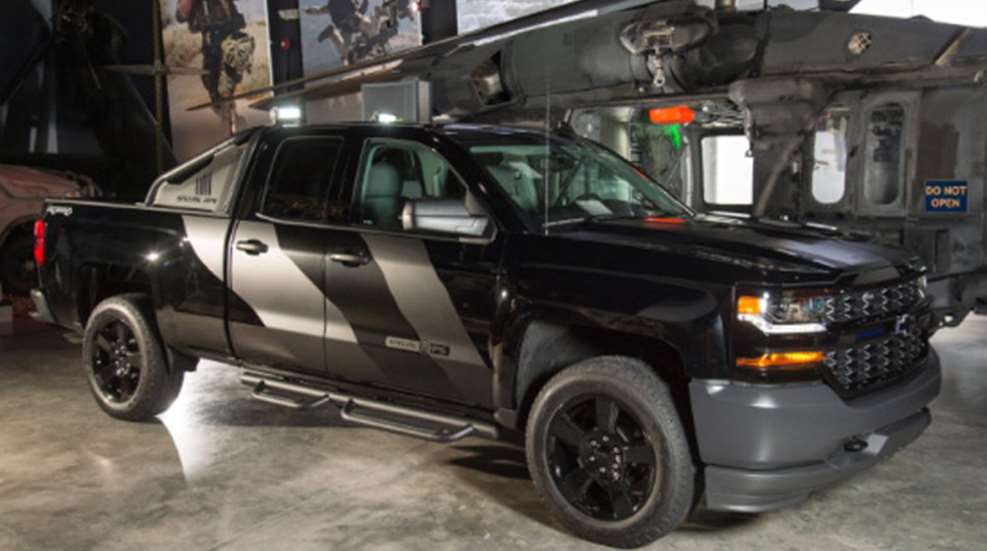
There is not a more appropriate location to display one of the new Limited Edition Special Operations 2016 Chevrolet Silverado 1500s than Fort Pierce, Fla., the original training site and birthplace of the World War II Frogmen, which evolved into what is now considered the most elite fighting force in the world—the U.S. Navy SEALs. The truck, which is currently situated in the main gallery of the Navy SEAL Museum among other SEAL Special Operations vehicles and vessels, features naval-inspired graphics with black accents and sport accessories.
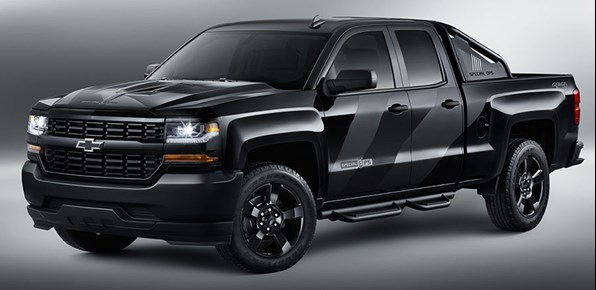
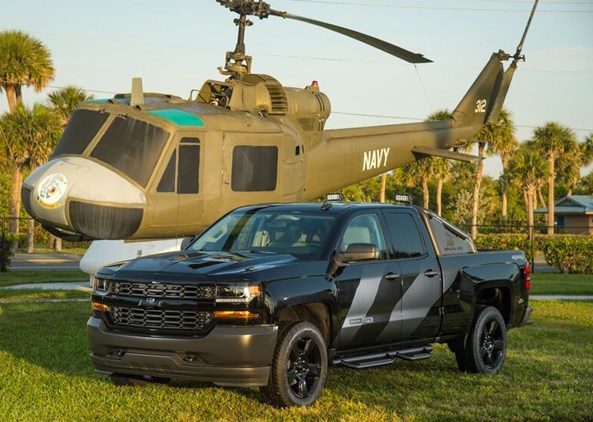
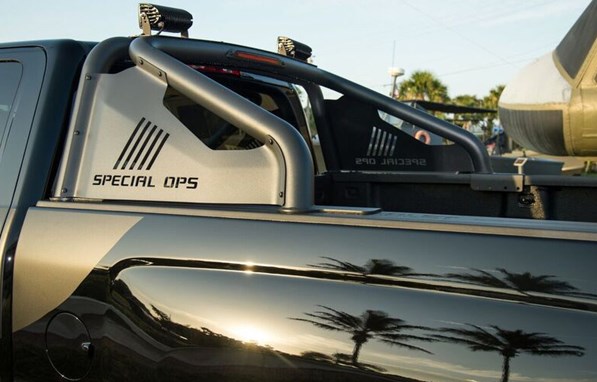
The launch of the 2016 Special Ops Silverado coincides with National Military Appreciation Month (military members can take advantage of Chevrolet’s Military Discount Program) and serves as a tribute to all Special Operations in the U.S. military. For every Special Ops edition sold, Chevrolet will make a donation to the Navy SEAL Museum and its affiliated Trident House Charities program, which aids in helping the families of fallen, injured and active duty military.
The production model (which is different than the original concept model unveiled at the 2015 Army-Navy football game in Philadelphia) is based on the Z71 off-road Silverado 1500 WT Double Cab model—not intended for everyday pampering—and was kept at a price point most military members can afford, while still offering unique features not found on the standard models, such as deep-tinted windows, black bowties, naval-inspired graphics, a bed-mounted sport bar with Special Ops signature and more. You can see all the specificiations here.
And while the truck—with its bold, imposing exterior—represents an outward tribute to those who have served at the most challenging and critical levels of military service, the Navy SEAL Museum, which will benefit from the sales of the vehicles, offers a permanent place in history for the heroes who have made the ultimate sacrifice to keep America free, and for the families who fight to keep their memories alive.
Navy SEAL Museum Executive Director Rick Kaiser, who is no stranger to the horrors of war, is a former Navy SEAL who specialized in winter warfare, combat diving and sniping. In 1993 he received the Silver Star Medal for Valor during the Battle of Mogadishu (Black Hawk Down). Now, in admittedly a less perilous role but one also of great magnitude, he is dedicated to carrying out the mission of the museum, which is to honor and support the SEALs and their predecessors for their contributions to U.S. national security:
The National Navy UDT-SEAL Museum is the only museum dedicated solely to preserving the history of the U.S. Navy SEALs and their predecessors, including the Underwater Demolition Teams, Naval Combat Demolition Units, Office of Strategic Services Maritime Units and Amphibious Scouts and Raiders. The museum promotes public education by providing the opportunity to explore the history of the Navy SEALs while honoring the fallen at the SEAL Memorial, and caring for those warriors’ families through the Trident House Charities, a tranquil waterfront residence located along the Indian River in Sebastian, Fla. The home serves as a critical and complimentary respite for the families of U.S. Navy SEALs and all Special Operations Forces who need a break from the longest war in U.S. history.
“The three tiers we focus on are history, heritage and family,” said Kaiser. The history and heritage is on display in tangible ways throughout the museum, he said. But the family support—the respite offered by Trident House free of charge to families of active duty and Gold Star families (those who lost family members in the Iraq war) are the main focus of the museum charities. Trident House requires approximately $150K per year to operate, and the charity is soon to expand to assist the “Renewal Coalition” in nearby Jupiter, Fla., an organization that assists wounded warriors and their families.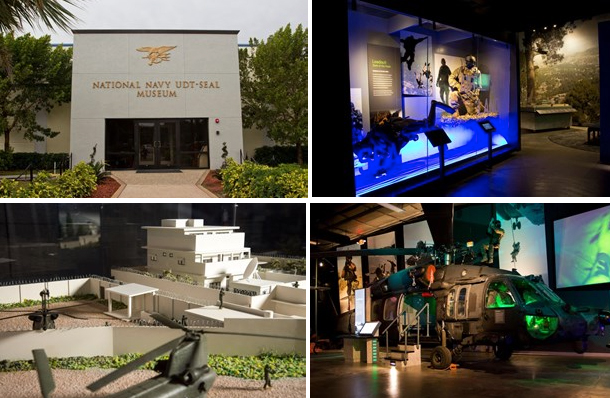
The museum opened its doors on Veterans Day in 1985 in a humble 600-sq. ft. building, and has grown to approximately 15,000 square feet on four acres of land that contains one of the most unusual collections of artifacts and exhibits of any museum. Its website claims the museum is “your window into the secret world of Naval Special Warfare,” featuring items such as original World War II obstacles like booms, mines, chains and barriers known as Belgian Gates and Bruges Barges. A Sikorsky UH-60 “Black Hawk” Helicopter is now also on permanent exhibit. Visitors can see a model-size recreation of the Bin Laden compound, or visit the Navy SEAL Memorial, which contains the names of those who died in service to country, including Medal of Honor recipients. 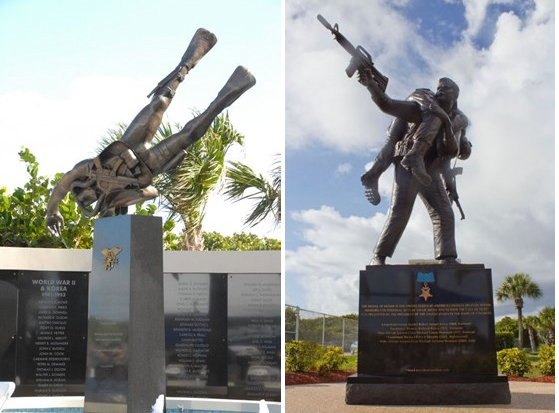
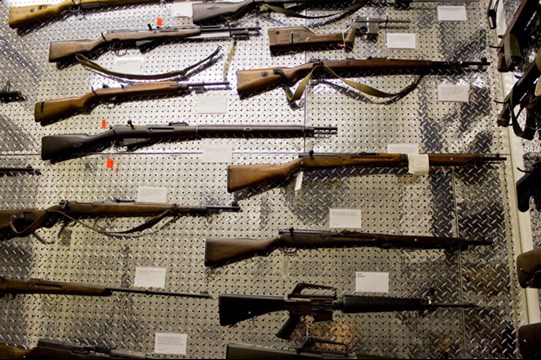
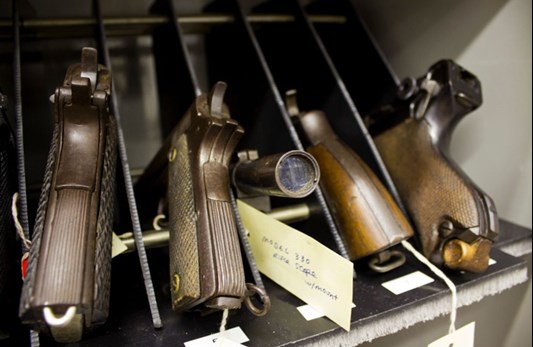
The museum is also home to a unique collection of arms dating from the earliest days of special warfare. In addition to primary weapons systems used through the decades, visitors can get hands-on with the specialized equipment used by Navy SEAL Teams—from the first operations of their legacy units during World War II to today’s high-tech, high-stakes missions. Also on site are rare and unusual artifacts from some of the SEALs’ most renowned and dangerous missions.
As for automobile giant Chevrolet, long before a collective chorus of “baseball, hot dogs, apple pie and Chevrolet” blasted from TV sets in millions of American homes in the 1970s, the carmaker and its parent company, General Motors, had established a certain reputation for answering calls to duty. During World War II they answered President Roosevelt’s call to build “An Arsenal of Democracy,” and between 1942 and 1945, Chevrolet manufactured 60,000 Pratt & Whitney bomber and cargo plane engines; 500,000 trucks; 8 million artillery shells; 3,000 90 mm cannon barrels and much more. In addition to tanks, trucks, and planes, GM turned out millions of firearms during the war. You can read more about GM’s contributions in the way of firearms in General Motors Went to War.
Learn more about the Chevrolet Special Ops vehicle here. To see more of the Navy SEAL Museum, please go to navysealmuseum.org.
Images courtesy Navy SEAL Museum and Chevrolet.


